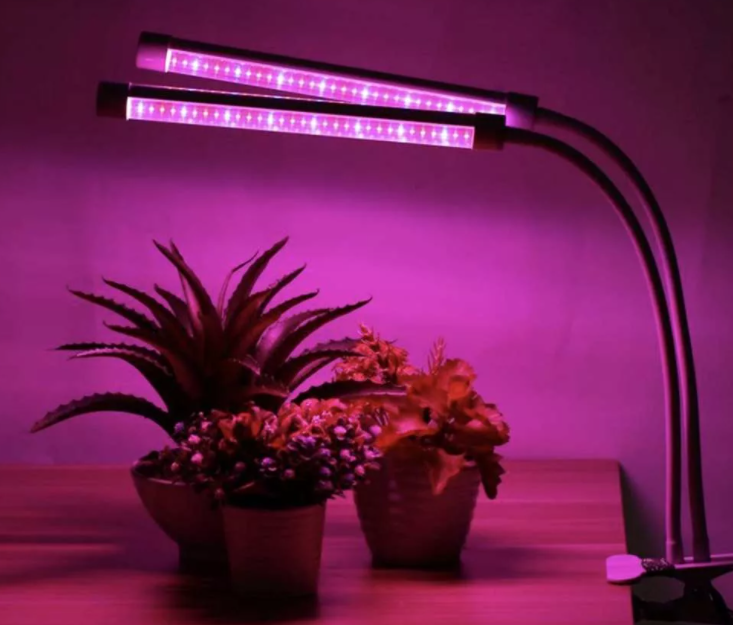
Decoding the Optimal LED Light Spectrum for Plant Growth
In the realm of indoor gardening and agriculture, the choice of lighting plays a pivotal role in determining the success of plant growth. Among the various lighting options available, LED technology has gained prominence for its energy efficiency and versatility. However, the question that often arises is: What is the full spectrum led grow lights for plant growth? In this article, we will explore the complexities of light spectrum, its impact on photosynthesis, and the considerations for selecting the optimal LED light spectrum for different stages of plant development.
Understanding Light Spectrum and Photosynthesis:
Light spectrum refers to the range of wavelengths emitted by a light source, and it plays a fundamental role in the process of photosynthesis, wherein plants convert light energy into chemical energy. The spectrum is typically divided into different regions, including ultraviolet (UV), visible, and infrared (IR) light. The visible light spectrum, crucial for plant growth, is further divided into specific colors – red, blue, green, and others – each with unique effects on photosynthesis.
Red Light (600-700nm):
Red light is essential for the flowering and fruiting stages of plant growth. It stimulates the production of chlorophyll, the green pigment responsible for photosynthesis, and plays a significant role in promoting flowering and fruiting.
Blue Light (400-500nm):
Blue light is crucial for the vegetative growth phase of plants. It influences the formation of strong, healthy stems and leaves, as well as the overall structure of the plant. Blue light is particularly important for seedlings and young plants.
Green Light (500-600nm):
While green light is reflected by chlorophyll and has a lower impact on photosynthesis, it still contributes to overall plant development. Some studies suggest that green light may play a role in optimizing light penetration within the canopy.
Ultraviolet (UV) and Infrared (IR) Light:
UV and IR light, though not as prominently featured in the visible spectrum, can influence various physiological processes in plants. UV light can trigger defense mechanisms, while IR light contributes to heat regulation.
Considerations for Selecting the Best LED Light Spectrum:
Plant Species and Growth Stage:
Different plant species have unique light requirements, and these needs can vary at different growth stages. For example, leafy greens may benefit from a higher proportion of blue light during the vegetative stage, while flowering plants may require more red light during the flowering phase. Understanding the specific needs of the plants being cultivated is paramount.
Light Intensity and Duration:
The intensity and duration of light exposure are crucial factors for plant growth. Some plants may thrive under higher light intensities, while others may prefer lower levels. Additionally, adjusting the light duration to mimic natural day-night cycles is essential for promoting healthy growth.
Energy Efficiency:
Different LED light spectra may have varying energy efficiency levels. While it’s essential to provide the optimal spectrum for plant growth, considering energy-efficient options can contribute to sustainability and cost-effectiveness in the long run.
Customizable Spectrum Control:
Many modern LED lighting systems offer customizable spectrum control. This feature allows growers to adjust the light spectrum based on the specific requirements of their plants and the growth stage. Flexibility in spectrum control is advantageous for cultivating a variety of crops.
Light Uniformity:
Achieving uniform light distribution across the entire growing area is critical. Uneven light distribution can lead to uneven growth and lower yields. Growers should consider the design and layout of their lighting system to ensure consistent coverage.
Conclusion:
Selecting the best LED light spectrum for plant growth involves a nuanced understanding of the specific needs of the plants being cultivated. Red light is crucial for flowering and fruiting, blue light is essential for vegetative growth, and other colors contribute to the overall physiological processes of plants. Growers should carefully consider the plant species, growth stage, and environmental factors when choosing the optimal LED light spectrum. With advancements in LED technology, the ability to customize light spectra provides growers with unprecedented control, allowing them to fine-tune lighting conditions for maximum plant productivity. As the field of indoor horticulture continues to evolve, ongoing research and innovation may further refine our understanding of the best LED light spectra for diverse crops.







